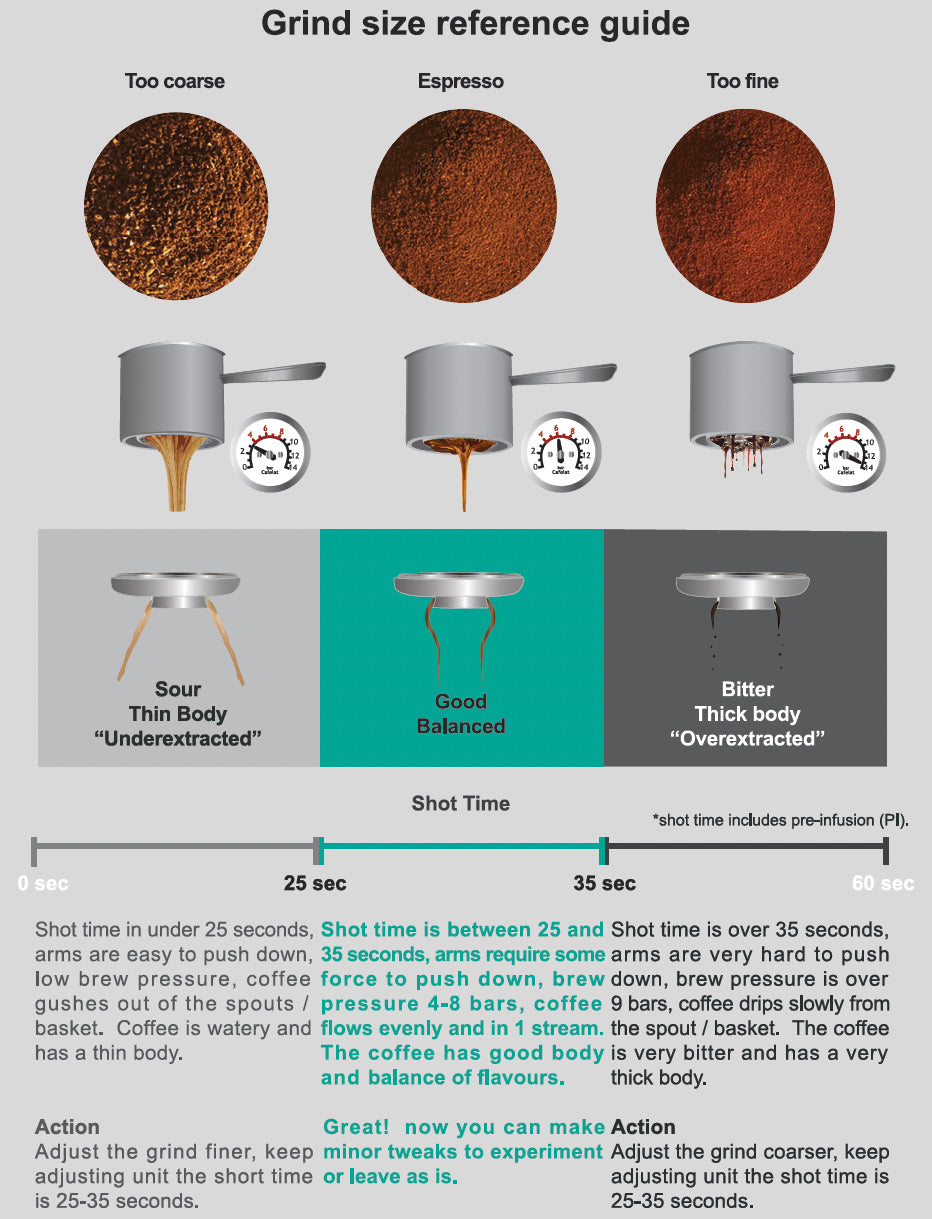As a home barista, mastering the timing of espresso extraction can take your coffee-making skills to a new level. The magic of a great espresso comes from the careful balance of timing, grind size, and the flow rate of the extraction. When I first started, it seemed complicated, but understanding the details made it an incredibly rewarding part of my coffee routine. Dive into the features and performance in our DeLonghi Magnifica Evo review
Why Timing Matters in Espresso Extraction
Timing your espresso extraction is vital for ensuring consistency and achieving the ideal flavor. The extraction time controls how much flavor is drawn out from the coffee grounds. If the process is too fast, you get an under-extracted shot, resulting in a sour, sharp taste with little body. However, extracting for too long causes bitterness and an unpleasant aftertaste, which are signs of over-extraction. Learn why this classic model stands out in our DeLonghi Magnifica S review

Two Methods to Time Your Espresso Extraction
There are two main methods to time your espresso extraction. You can either start the timer when the pump activates or when the first drop of espresso reaches your cup. I recommend starting the timer as soon as you press the espresso button, as this method accounts for pre-infusion, leading to more consistent shots. Discover the convenience and technology in our Philips LatteGo 5400 review
Ideal Extraction Time for Espresso
The general guideline for espresso extraction is between 25 and 35 seconds. I’ve found that aiming for 30 seconds is a reliable baseline. Shots that pull in less than 25 seconds often taste sour and weak, while those that exceed 35 seconds tend to be bitter due to over-extraction. Explore the compact design and features in our Philips 3200 LatteGo review
Adjusting the Grind Size for Optimal Timing
Grind size plays a crucial role in timing espresso extraction. A finer grind slows down the process, while a coarser grind speeds it up. For example, if your shot is pulling in less than 25 seconds, your grind may be too coarse. If it takes more than 35 seconds, the grind is likely too fine. After experimenting, I discovered the ideal grind size, which made a significant difference in my espresso quality. Get all the details on versatility and functionality in our Philips 4300 LatteGo review
Evaluating Your Espresso: Timing Isn’t Everything
While timing is essential, it’s not the only factor in crafting great espresso. The true test is in the taste. A well-extracted espresso shot should have a balance of sweetness, acidity, and body. If your espresso tastes sour or thin, it’s likely under-extracted. In this case, consider grinding finer or adjusting the brew ratio. On the other hand, if it tastes bitter and dry, it’s over-extracted, meaning you might need a coarser grind or shorter extraction time.
Troubleshooting Espresso Extraction Issues
Here are a few solutions to common espresso extraction issues:
Under-extraction: The shot pulls too quickly (less than 25 seconds) and tastes sour or flat. This is usually due to a grind that’s too coarse. Adjust by grinding finer.
Over-extraction: The shot takes too long (over 35 seconds) and results in a bitter, dry taste. This indicates that the grind is too fine, so try a coarser grind.
The Impact of Pre-Infusion on Extraction Timing
Pre-infusion can also affect extraction timing. High-end espresso machines often include a pre-infusion stage, where water sits on the coffee grounds before full pressure is applied. I’ve found that incorporating pre-infusion into your total extraction time leads to more consistent results. If your machine doesn’t have an automatic pre-infusion feature, you can manually simulate it by briefly starting and stopping the pump.
Experimenting with Brew Ratios
Another variable in espresso extraction is the brew ratio, which is the amount of coffee grounds used in relation to the amount of espresso produced. A common starting point is a 1:2 ratio, like 18 grams of coffee to 36 grams of espresso. I’ve experimented with this ratio, especially when using different beans, to bring out distinct flavors. For lighter roasts, a slightly longer extraction or a lower brew ratio (like 1:2.5) can enhance fruity and bright notes. For darker roasts, sticking closer to 1:2 helps reduce bitterness while maintaining a full-bodied shot.

The Importance of Tasting and Sensory Evaluation
At the end of the day, taste is the ultimate judge of espresso quality. While timing provides a solid guideline, your palate will tell you if the shot is truly great. I’ve had perfectly timed shots that didn’t taste right because of the grind or brew ratio. Through experimentation and taste testing, I’ve been able to refine my espresso-making process, consistently pulling delicious shots.
Conclusion
Mastering espresso extraction timing takes practice and patience. By focusing on the timing, adjusting the grind size, and fine-tuning based on taste, you’ll be able to pull consistently great shots of espresso. The process of experimenting with different variables is part of the journey, and with time, you’ll find what works best for your setup and taste preferences.
